Colours of Clouds
Colours of Clouds
KOK Mang-hin
March 2011
Why clouds are white?
A water droplet or ice crystal inside clouds is sufficiently large to strongly scatter light of all colours (different wavelengths). Since light undergoes multiple scattering between numerous water droplets or ice crystals in all direction (Figure 1) and they are weakly absorbing to visible light of all wavelengths, the scattered light of all wavelengths constitutes the white color of clouds (Figure 2) that we observe.
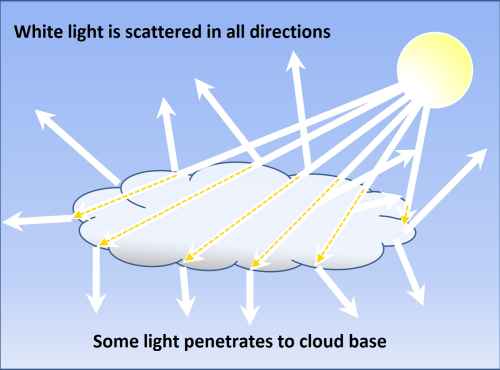
Figure 1: Water droplets or ice crystals inside clouds scatter visible lights in all directions

Figure 2: White clouds under fair weather (Photo courtesy of Dr. T.C. Lee, Hong Kong Observatory)
What are the differences between light scattered by the atmosphere and by clouds?
Since the size of air molecules and particulates in the atmosphere are comparable to the wavelengths of visible light, sunlight is scattered by the atmosphere by "Rayleigh scattering", where blue or purple light (with shorter wavelengths) are more likely to be scattered than red or orange light (longer wavelengths) (More details are available in "Blue sky").
However, the size of water droplets or ice crystals inside the clouds (about 10µm or larger) are much larger than visible wavelengths, so all visible wavelengths are scattered about equally by such particles (Figure 3) and it is called "Mie scattering". This type of scattering of light of all colors is different from the type of color-selective scattering (Rayleigh scattering) which gives the blue color of the sky.
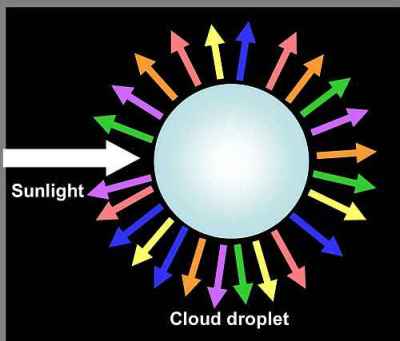
Figure 3: Cloud droplets scatter light of all wavelengths more or less equally
Why do clouds turn grey or dark?
As a cloud grows thicker, more sunlight is reflected from it and less light can penetrate through it (see Figure 4). Since little sunlight reaches the underside of the cloud, less light is scattered, and the cloud base appears grey. Moreover, if the water droplets near the cloud base grow larger (say, just before water droplet are heavy enough to fall), they become less effective scatterers and more effective absorbers. As such, for a thick rain-bearing cloud, most sunlight is either reflected or absorbed before reaching the cloud base. With much less light reaching the observer on the ground below, the cloud looks greyish and dark before rain begins to fall (Figure 5)
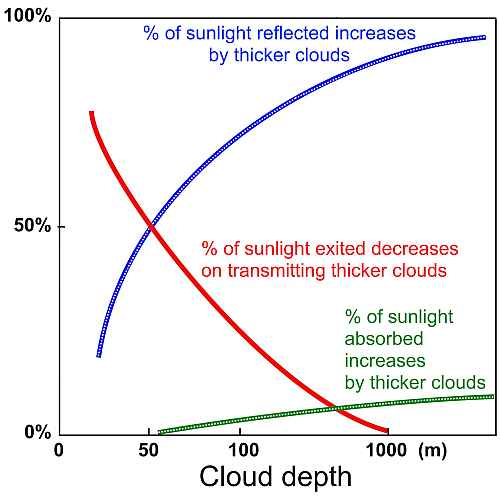
Figure 4: Average percentage of light transmitted (red), reflected (blue), and absorbed (green) by clouds of different thickness
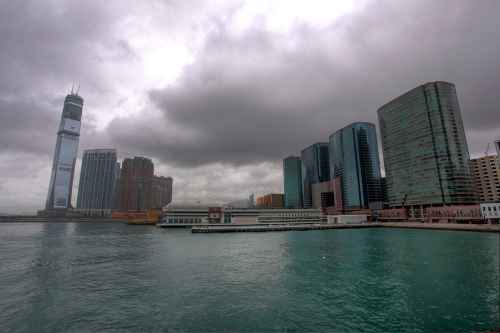
Figure 5: Rain-bearing clouds with dark cloud base(Photo courtesy of Dr. T.C. Lee, Hong Kong Observatory)
Why clouds are red/orange during sunset?
The colour of a cloud also depends on the colour of the light that illuminates it. When sunlight passes through thick layer of atmosphere and dust particles at sunset, blue colour is scattered by Rayleigh Scattering and only red-to-orange color remains (see Question 2). The clouds reflect these unscattered red/orange rays and appear in that colour (Figure 6). The effect is much like shining a red spotlight on a white sheet.

Figure 6: Reddish orange clouds during sunset(Photo courtesy of Dr. T.C. Lee, Hong Kong Observatory)
Do the clouds at different heights turn red during sunset simultaneously?
Since the Earth is spherical, the clouds at different heights turn red at different time when the sun crosses the horizon (Figure 7). Just before the sunset, the color of low clouds (e.g. stratus) will turn red first. Shortly after the sunset, the high clouds (e.g. cirrus) would be gradually stained in deep red and become apparent under the darken background. A viewer on the ground can distinguish the clouds at different heights according to the relative timing of their color change during sunset (Figure 8).
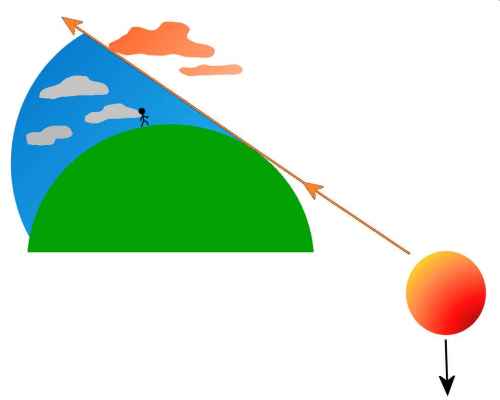
Figure 7: Relationship between Suns position and height of red clouds after sunset.

Figure 8: Only high clouds are stained in deep red after sunset(Photo courtesy of Dr. T.C. Lee, Hong Kong Observatory)
What are the colors of clouds at night?
Clouds at night are visible only when there is a source of light. Thin clouds will generally appear white under the white moonlight. For the bottom of dense low clouds, the main light source is the light from the ground (usually orange or white light) originated from street lamps and other light sources in cities. Such light shines on the cloud aloft and is scattered by the base of a low cloud, making the low cloud appears yellowish orange or white when observed in urban area (see Figure 9). The phenomena will be more obvious if the cloud is lower or denser.

Figure 9: The clouds on the left and right appear reddish orange and white respectively in a cloudy night(Photo courtesy of Dr. T.C. Lee, Hong Kong Observatory)
References:
[1] C.D. Ahrens, Meteorology Today: An Introduction to Weather, Climate, and the Environment.
[2] Bohren, C.F., 1987, Clouds in a glass of beer, Dover Publications Inc.
[3] Wikipedia
[1] C.D. Ahrens, Meteorology Today: An Introduction to Weather, Climate, and the Environment.
[2] Bohren, C.F., 1987, Clouds in a glass of beer, Dover Publications Inc.
[3] Wikipedia